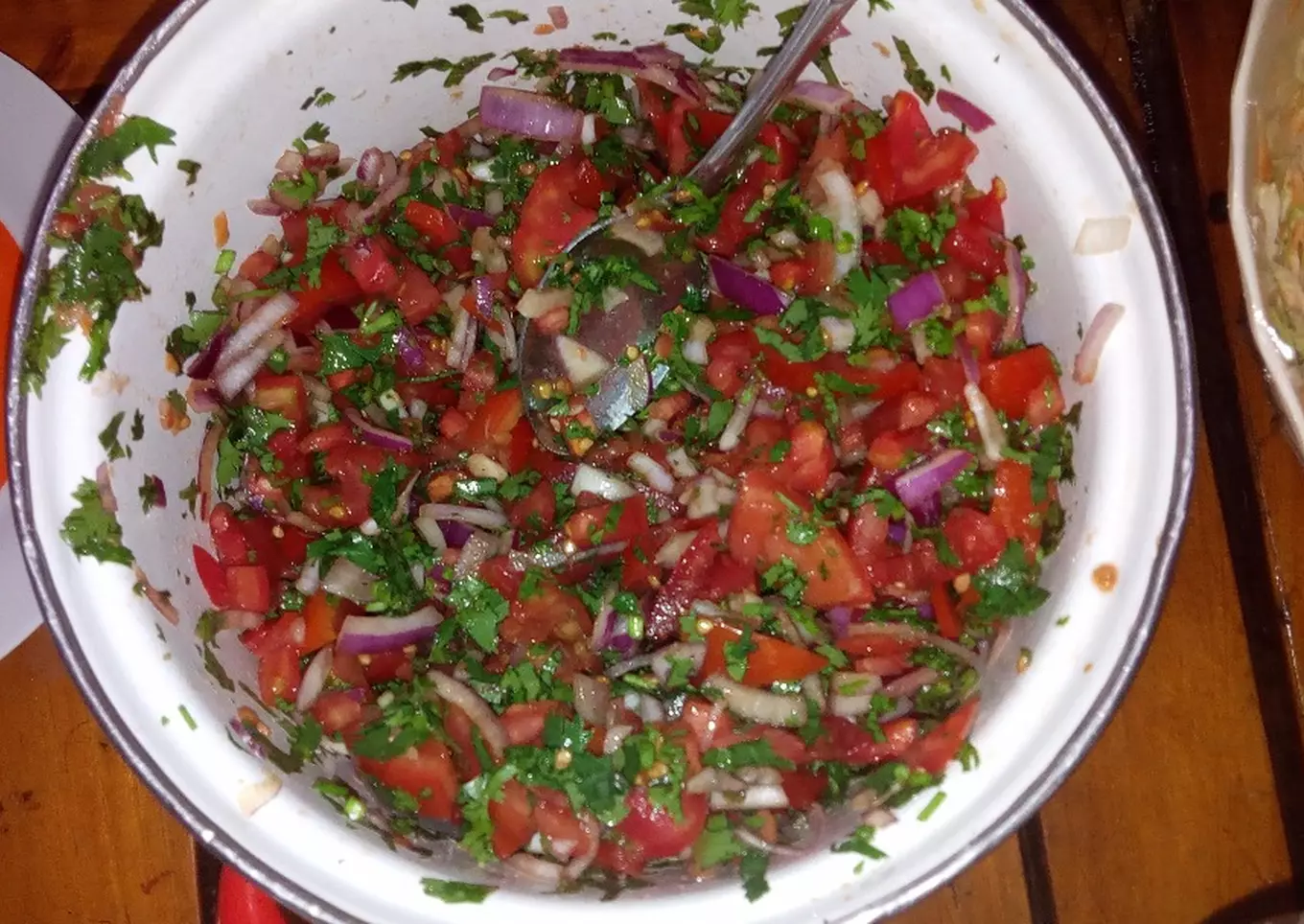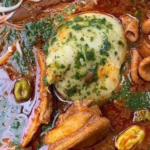When it comes to vibrant and flavorful African cuisine, Kenyan dishes are often celebrated for their unique blend of spices and fresh ingredients. Among the many mouthwatering delicacies that have gained popularity is the tantalizing Kachumbari sauce. With its tangy and spicy flavors, Kachumbari has become a staple condiment in Kenyan cuisine, loved by locals and visitors alike. In this article, we will explore the origins, ingredients, preparation, and the versatility of this delectable sauce that adds an explosion of taste to any meal.
Origins and Cultural Significance: Kachumbari sauce originates from the Swahili-speaking regions of East Africa, with Kenya being one of its most prominent homes. It is believed to have been influenced by Indian and Arabic culinary traditions, which have had a significant impact on East African cuisine. Traditionally, Kachumbari was served alongside grilled meats, fish, or as an accompaniment to the staple dish, Ugali (a cornmeal-based porridge). Today, it has evolved into a versatile condiment that complements various dishes and is a favorite at social gatherings, barbecues, and celebrations.
Ingredients: Kachumbari is known for its simple yet vibrant combination of fresh ingredients. The core components typically include:
- Tomatoes: Ripe, juicy tomatoes form the base of Kachumbari, providing a sweet and tangy flavor.
- Onions: Finely chopped onions add a sharp and pungent taste that balances the sweetness of the tomatoes.
- Cilantro (Coriander): This herb adds a refreshing and citrusy note, enhancing the overall flavor profile.
- Chili Peppers: A variety of hot chili peppers, such as bird’s eye chili or habanero, are used to provide the signature spiciness. The amount can be adjusted according to personal preference.
- Lemon or Lime Juice: The acidity of citrus juice not only adds a tangy taste but also helps to preserve the freshness of the ingredients.
Preparation: Making Kachumbari is a straightforward process that involves minimal cooking and emphasizes the use of fresh ingredients. Here’s a step-by-step guide to preparing this delightful sauce:
- Chop the tomatoes, onions, and cilantro into small pieces. The ratio of tomatoes to onions is typically 2:1, but it can be adjusted to personal preference.
- Finely chop the chili peppers, removing the seeds if a milder flavor is desired.
- Combine all the ingredients in a mixing bowl, including the lemon or lime juice.
- Gently toss the ingredients together, ensuring they are evenly coated with the citrus juice.
- Let the flavors meld together by allowing the mixture to marinate for at least 30 minutes before serving.
Versatility and Pairings: One of the remarkable qualities of Kachumbari sauce is its versatility. Its tangy and spicy flavors complement a wide range of dishes, making it a favorite accompaniment in Kenyan cuisine. Here are some popular pairings:
- Nyama Choma: Kachumbari is often served alongside grilled or roasted meats, such as Nyama Choma (barbecued meat), enhancing the smoky flavors and providing a fresh and zesty contrast.
- Pilau: It is a fragrant rice dish cooked with spices, meat, and vegetables. Kachumbari adds a burst of freshness to the rich and aromatic flavors of Pilau.
- Chapati: This flatbread is a staple in Kenyan cuisine. When paired with Kachumbari, it adds a delightful texture and taste, elevating the simple meal.
- Samosas: Kachumbari is an excellent dipping sauce for samosas, the popular triangular pastries filled with spiced meat or vegetables. The sauce adds an extra layer of flavor and heat.
The tangy and spicy flavors of Kenyan Kachumbari sauce have made it a beloved condiment in East African cuisine. Its simplicity, vibrant colors, and fresh ingredients create a delightful harmony of taste, adding an extra layer of zest to various dishes. Whether you’re enjoying a barbecued feast or a traditional meal, Kachumbari’s tanginess and spiciness bring a unique flavor profile that is sure to tantalize your taste buds. So, why not explore the world of Kenyan cuisine and experience the joy of this vibrant sauce for yourself?








